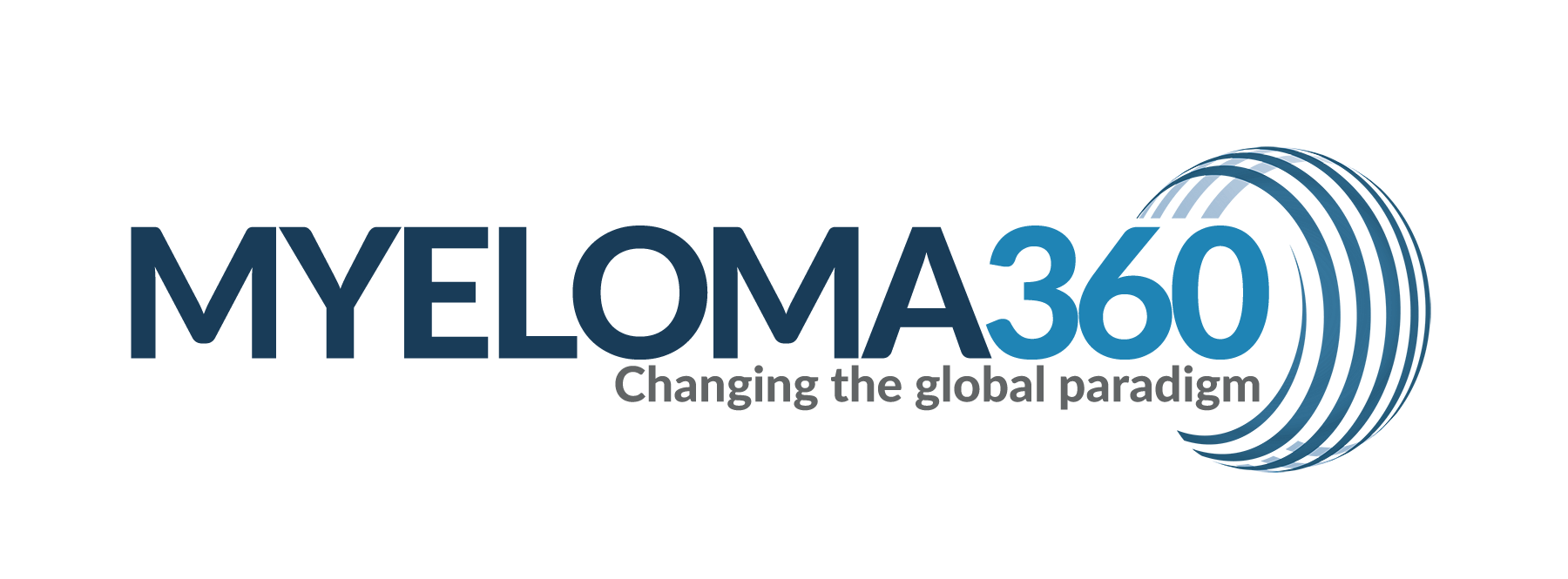EJHaem. 2024 Jun 10;5(4):867-878. doi: 10.1002/jha2.905. eCollection 2024 Aug.
ABSTRACT
The incidence of multiple myeloma (MM) has surged globally, particularly in Latin American countries, and is attributable to an aging population and increased life expectancy. This systematic review analyzes the epidemiology, patient characteristics, and treatment outcomes for MM in selected Latin American countries: Brazil, Mexico, Colombia, Argentina, Chile, Peru, and Uruguay. PubMed and the Latin American and Caribbean Health Sciences Literature (LILACS), conference abstracts (between June 2019 and June 2022), and GLOBOCAN registry (January 2010 to June 2022) were electronically searched. Qualitative analysis employed the Joanna Briggs Institute’s critical appraisal tool. Among the 586 screened articles, 26 met the inclusion criteria. The participants’ median age ranged from 54 to 67 years. GLOBOCAN data revealed that for MM, Brazil and Uruguay had the highest and lowest incidence, 5-year prevalence, and mortality, respectively. Immunoglobulin G was the most common subtype detected. Stage III was frequently diagnosed. Though many approved drugs are available and bispecific antibodies hold promise as a future therapy, limited access, especially for CAR-T cell-based therapy remains a concern. The incidence of MM is increasing in Latin America. Resource constraints and costs hinder access to novel drugs and regimens. Understanding disease patterns and patient characteristics is vital to improve MM management in these countries.
PMID:39157594 | PMC:PMC11327730 | DOI:10.1002/jha2.905
